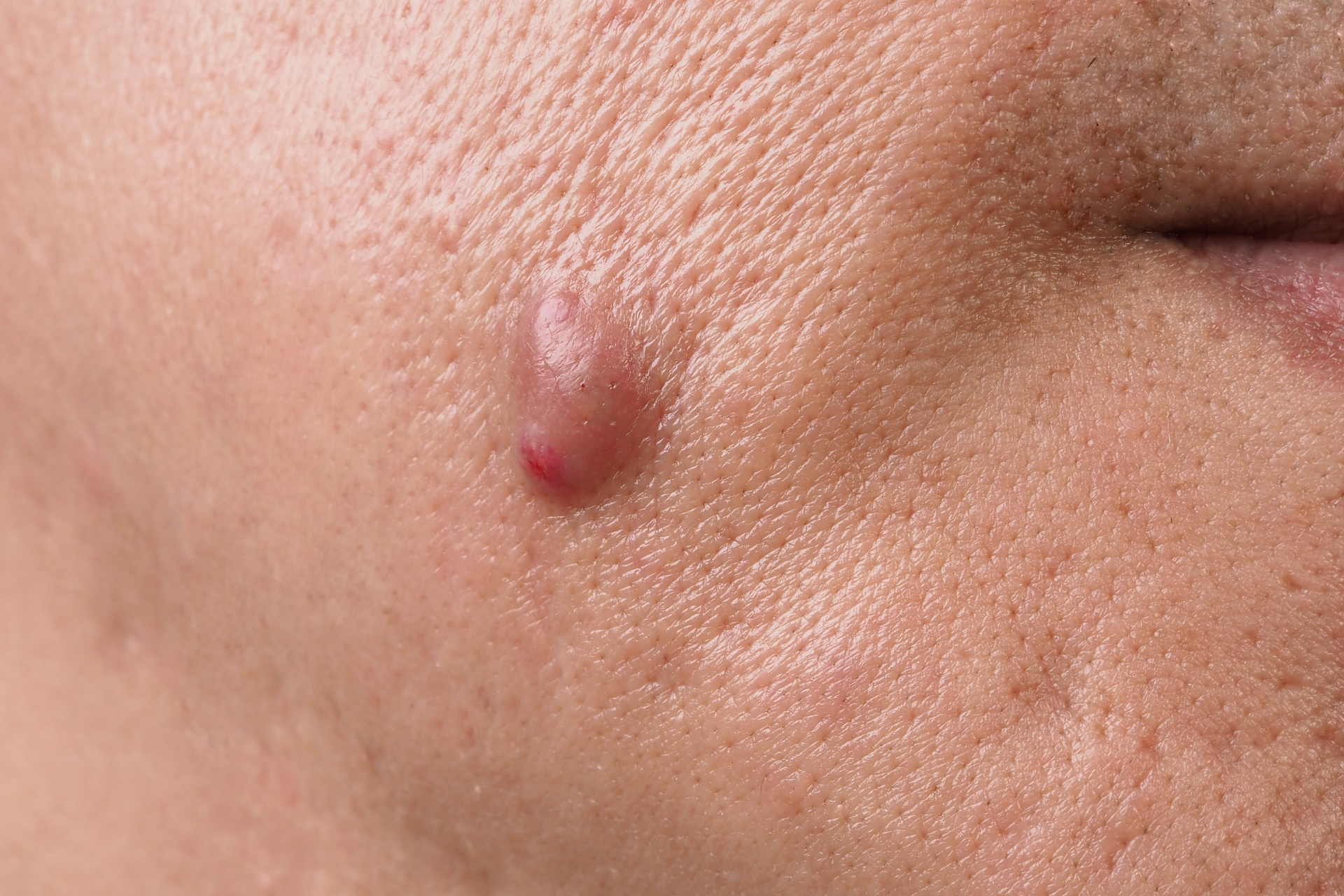How to Identify and Treat Cysts: A Dermatologist's Perspective

Welcome to Fall Creek Skin and Health Clinic, where we focus on helping patients of all ages achieve healthier skin and overall well-being. In this blog post, we will delve into the topic of cysts, a common skin condition that many individuals may encounter. As experienced dermatologists, we understand the importance of identifying and treating cysts effectively to prevent complications and promote healthy skin. Read on to learn more about cysts and how they can be managed from our perspective.
What are Cysts?
Cysts are fluid-filled sacs that can form within the skin's layers. They can vary in size, shape, and appearance, depending on the type of cyst and its location. Cysts can develop for a variety of reasons, including blocked oil glands, infections, or genetic predispositions. The most common types of cysts include epidermoid cysts, sebaceous cysts, and pilar cysts.
Identifying Cysts
Identifying a cyst may involve recognizing certain symptoms and characteristics. Cysts often present as raised bumps on the skin, which may feel firm or soft to the touch. They can be accompanied by redness, tenderness, or inflammation in the affected area. In some cases, a cyst may rupture, leading to pain, drainage of fluid, and potential infection. It is essential to consult a dermatologist for a proper diagnosis if you suspect you have a cyst.
Treatment Options
Treating cysts typically involves a combination of medical interventions and self-care practices. At Fall Creek Skin and Health Clinic, we offer various treatment options tailored to each patient's specific needs. Here are some common approaches to managing cysts:
1. Drainage
For cysts that are painful or inflamed, drainage may be necessary to release the collected fluid and alleviate discomfort. Dermatologists are trained to perform safe and sterile drainage procedures to prevent infection and promote healing.
2. Injections
In some cases, injecting a corticosteroid medication into the cyst can help reduce inflammation and shrink the cyst over time. This approach is often recommended for larger or persistent cysts that do not respond to other treatments.
3. Surgical Removal
For cysts that are large, recurrent, or cosmetically concerning, surgical removal may be the best option. Our dermatologists have the expertise to perform minor surgical procedures to excise the cyst and minimize scarring.
4. Topical Treatments
In certain instances, applying topical medications or ointments to the cyst can help reduce swelling and promote faster healing. Our clinic offers a range of dermatologist-recommended products to support skin health.
Prevention Tips
While some cysts are unavoidable due to genetic factors or underlying skin conditions, there are steps you can take to help prevent cyst formation. Maintaining good hygiene practices, avoiding harsh skincare products, and keeping the skin clean and hydrated can help reduce the risk of developing cysts. It is also essential to resist the urge to squeeze or pick at cysts, as this can lead to infection and scarring.
In conclusion, cysts are a common skin condition that can be effectively managed with the right treatment approach. At Fall Creek Skin and Health Clinic, our dermatologists are dedicated to providing comprehensive care for patients with cysts and other skin-related concerns. If you are experiencing symptoms of a cyst or have questions about your skin health, do not hesitate to schedule a consultation with our experienced team. Remember, healthy skin is an essential part of your overall well-being.
Thank you for reading our blog post on identifying and treating cysts. We value your trust in Fall Creek Skin and Health Clinic for all your skin and health care needs. Stay informed, stay healthy!




